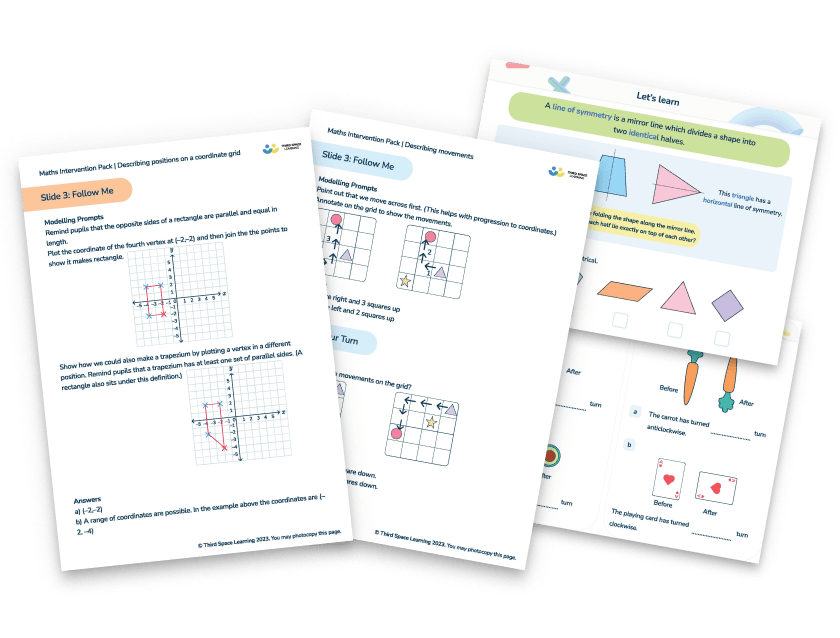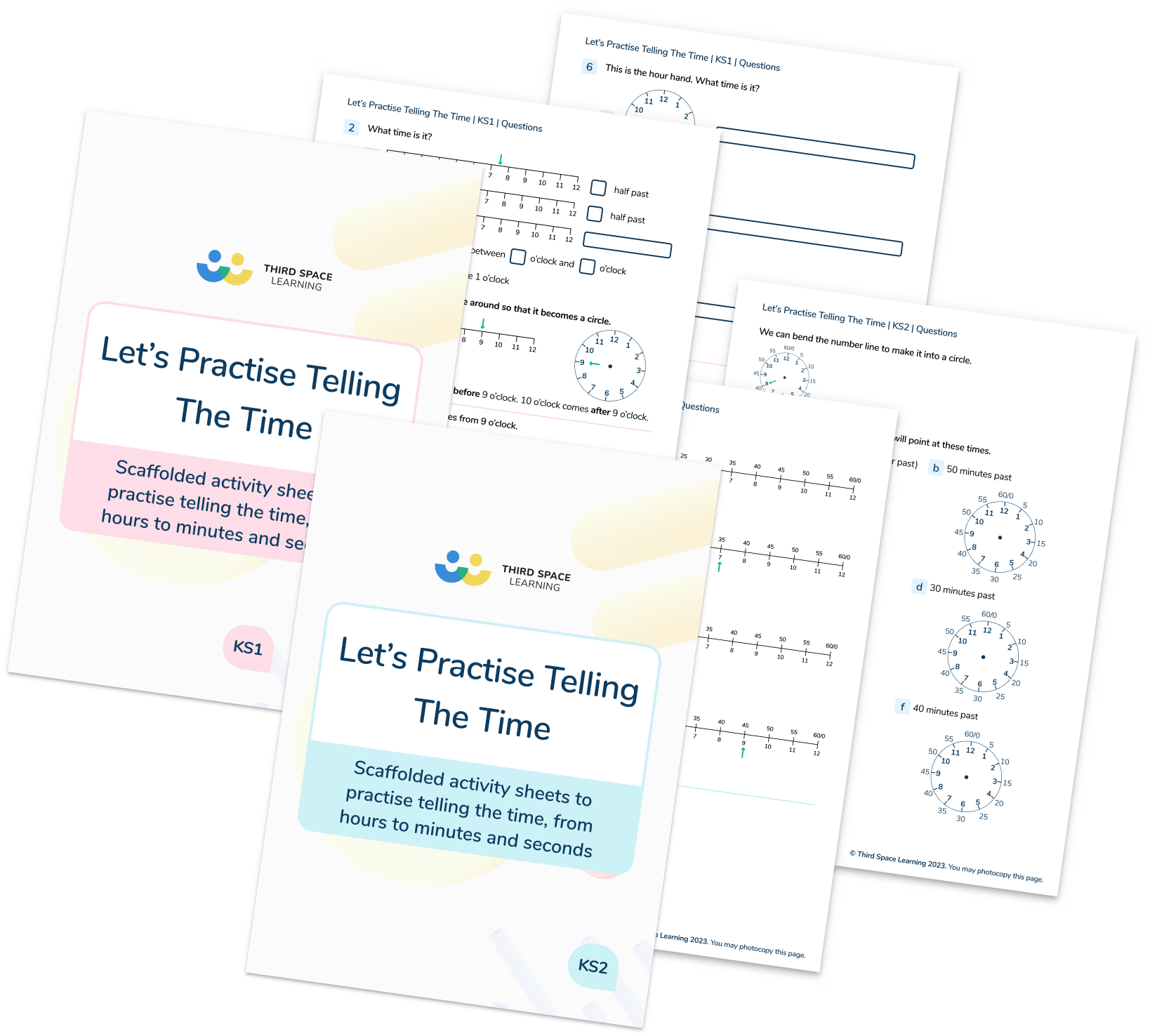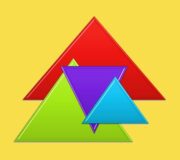What Is The 12-Hour And 24-Hour Clock? Explained for Primary School Parents
This article summarises what primary school pupils in KS1 and KS2 will be taught about the 12-hour clock and 24-hour clock and provides some telling the time questions for children to practise telling digital and analogue time on digital and analogue clocks.
What is the 12-hour clock?
The 12-hour clock is most commonly represented on an analogue clock with the numbers 1-12; when shown on a digital clock, it is usually accompanied by a.m. (‘ante meridiem’ – Latin for ‘before midday’) or p.m. (‘post meridiem’ – Latin for ‘after midday’).
What is the 24-hour clock?
The 24-hour clock is more often shown on digital clocks and is written in a 4-digit form, with the first two digits representing the hour and the last two representing the minutes.
There is no need for a.m. or p.m. as each time represents each hour in a 24-hour day. For example, 0300 = 3rd hour of the day, or 3am; 1400 = 14th hour of the day, or 2pm; 1830 = 30 minutes past the 18th hour of the day, or 6.30pm.
How to convert from a 12-hour clock to a 24-hour clock?
To convert from a 12-hour clock to a 24-hour clock, children may be taught to add 12 to the hours after midday, e.g. 3pm becomes 15:00 because 3 + 12 = 15.
Let's Practise Telling the Time
Download these FREE KS1 and 2 activity sheets to secure and embed key time concepts such as: o'clock, half past, quarter past, and the position of the minute hand.
Download Free Now!| 12-hour clock | 24-hour clock |
| 1am | 01:00 |
| 2am | 02:00 |
| 3am | 03:00 |
| 4am | 04:00 |
| 5am | 05:00 |
| 6am | 06:00 |
| 7am | 07:00 |
| 8am | 08:00 |
| 9am | 09:00 |
| 10am | 10:00 |
| 11am | 11:00 |
| 12pm | 12:00 |
| 1pm | 13:00 |
| 2pm | 14:00 |
| 3pm | 15:00 |
| 4pm | 16:00 |
| 5pm | 17:00 |
| 6pm | 18:00 |
| 7pm | 19:00 |
| 8pm | 20:00 |
| 9pm | 21:00 |
| 10pm | 22:00 |
| 11pm | 23:00 |
| 12am | 00:00 |
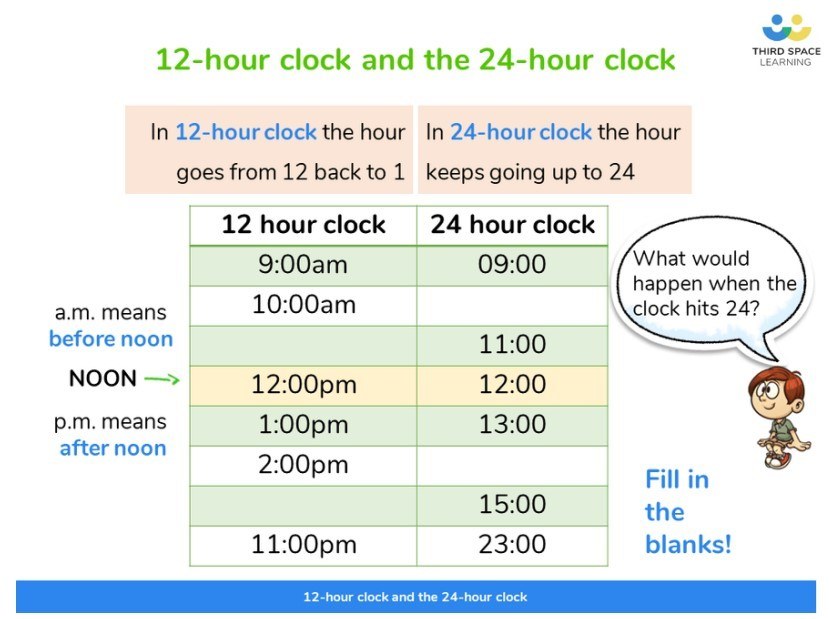
When will my child learn about the 12-hour and 24-hour clock in primary school?
12 hour and 24 hour clock in KS1
In KS1 pupils will learn to tell the time to the hour and half past the hour and draw the hands on a clock face to show these times (Year 1) and tell and write the time to five minutes, including quarter past/to the hour and draw the hands on a clock face to show these times (Year 2).
12 hour and 24 hour clock in KS2
Children’s learning of time is continued into lower KS2, where they will tell and write the time from an analogue clock, including using Roman numerals from I to XII, and 12-hour and 24-hour clocks (Year 3).
The National Curriculum’s non-statutory guidance also advises that pupils use both analogue and digital 12-hour clocks and record their times. In this way they become fluent in and prepared for using digital 24-hour clocks in year 4, where they will then learn to read, write and convert time between analogue and digital 12- and 24-hour clocks.
There are no specific objectives about time in upper KS2.

Unlimited primary maths tutoring with Skye, the voice-based AI maths tutor.
Built on the same principles, pedagogy and curriculum as our traditional tutoring but with more flexibility, reach and lower cost.
Join the schools already helping hundreds of primary pupils nationwide with Skye’s one to one maths tutoring
Watch Skye in actionHow do the 12- and 24-hour clock relate to other areas of maths?
Children are sometimes required to read and interpret timetables (such as timings of a school day, or a bus timetable) which will often use timings either written in the 12- or 24-hour clock.
12 hour clock & 24 hour clock worksheet questions
1. What time does this clock show?
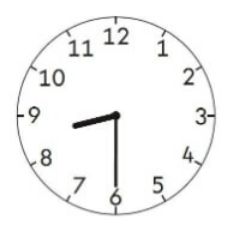
(Answer: 8:30)
2. Lily says, ‘On my clock face, the big hand is on the 4 and the little hand is between the 8 and the 9’. What is the time on Lily’s clock face?
(Answer: 20 past 8)
3. Toby went to cubs at 7pm. He finished one hour later. What time did he finish? Give your answer using digital 24-hour clock time.
(Answer: 2000h)
4. These are all times on the same morning.
A: 7:56 am
B: quarter to eight
C: six minutes to eight
D: half past seven
Write the letters for the times in order, starting with the earliest.
(Answer: D, B, C, A)
5. A clock shows this time twice a day.

Tick the two digital clocks that show this time:
A: 03:45
B: 02:45
C: 09:45
D: 21:45
E: 14:45
(Answer: B and E)
12pm in the 24-hour clock is 12:00
The 24-hour clock is also called railway/railroad time, military time and continental time.
The 12-hour clock runs from 1am to noon and then from 1pm to midnight. The 24-hour clock runs from 00:00 (midnight) to 23:59.
If your child is struggling then this article on telling the time breaks down step by step a foolproof method for teaching time at KS1 and KS2.
DO YOU HAVE STUDENTS WHO NEED MORE SUPPORT IN MATHS?
Skye – our AI maths tutor built by teachers – gives students personalised one-to-one lessons that address learning gaps and build confidence.
Since 2013 we’ve taught over 2 million hours of maths lessons to more than 170,000 students to help them become fluent, able mathematicians.
Explore our AI maths tutoring or find out about a primary school maths tutor for your school.
